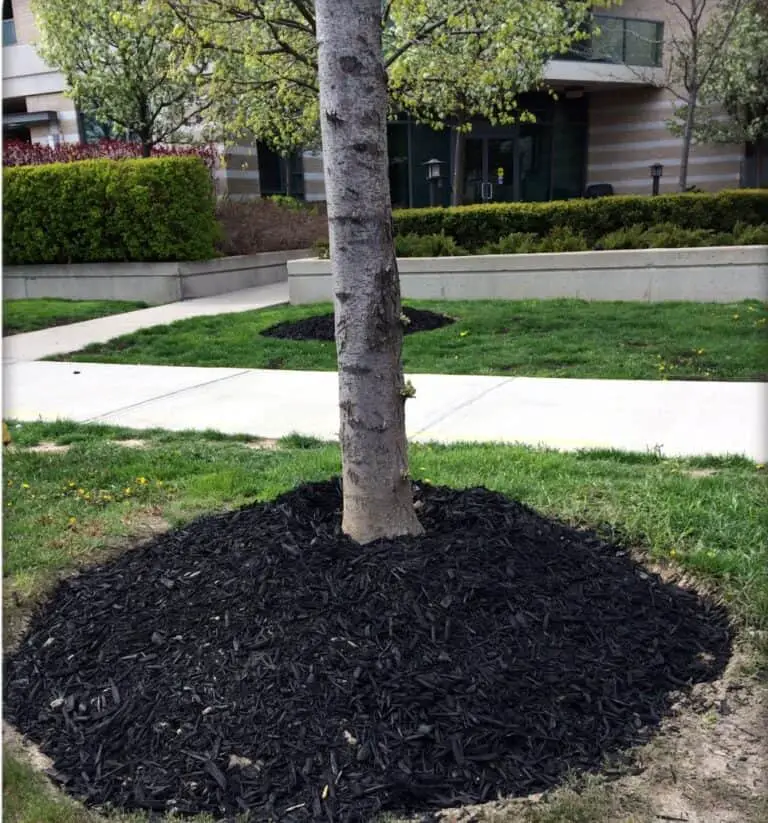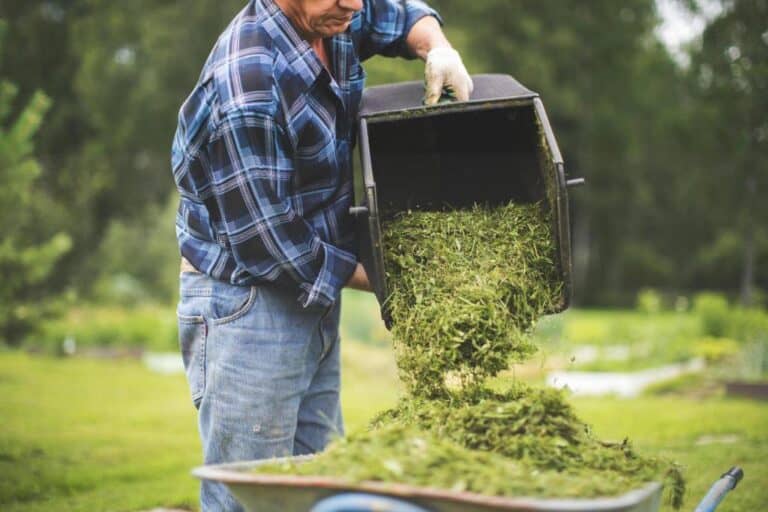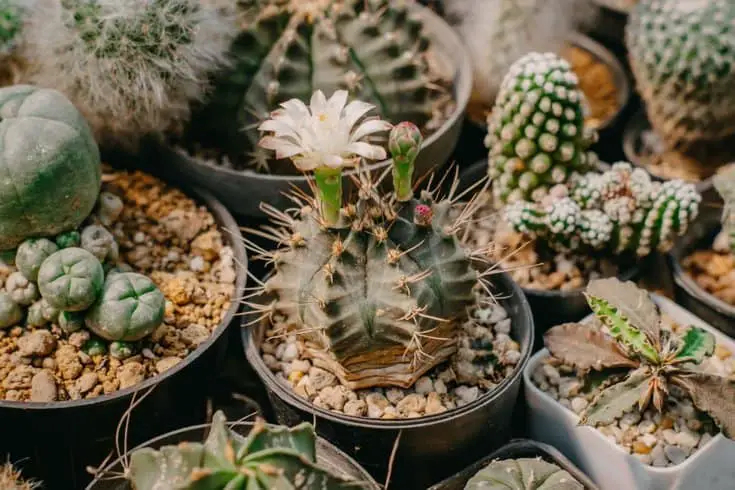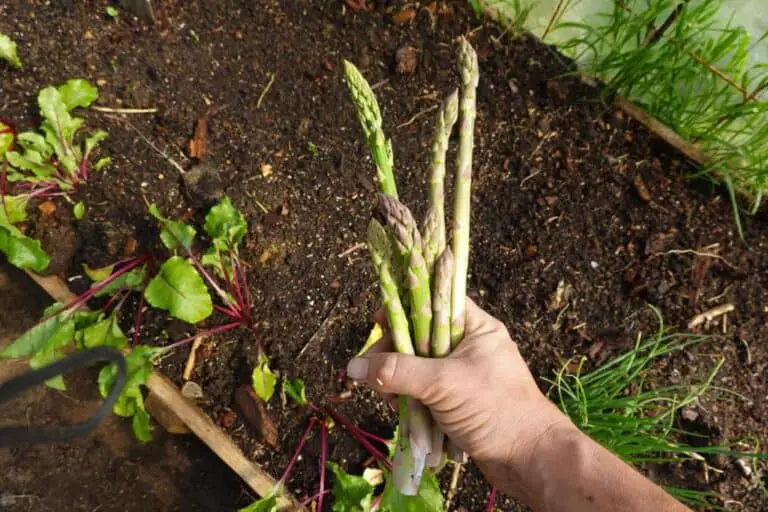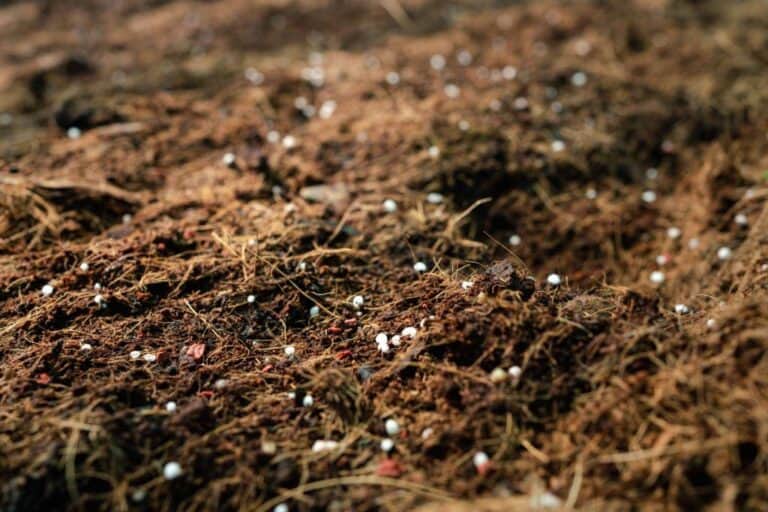7 Secrets to Growing Perfect Asparagus in Raised Beds
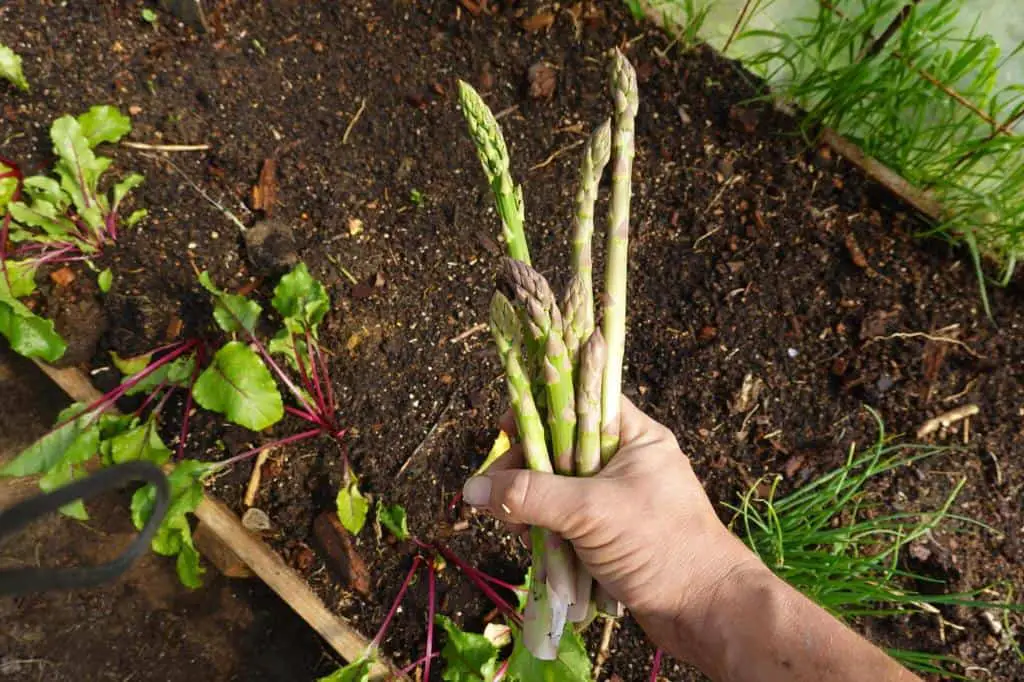
There are lots of bright asparagus shoots sticking out from a raised bed. These shoots promise more than just a tasty harvest; they also hint at a world of farming secrets that are just waiting to be found. The allure of growing perfect asparagus in raised beds can’t be beat for home gardeners, veggie lovers, and urban farmers alike.
These raised gardens are convenient and look nice. They are the perfect place for growing asparagus. Asparagus requires both beauty and skill.
Imagine soft spears coming out of your carefully cared for raised bed garden like elixirs. Why are raised beds thought to be the best way to grow asparagus?
These areas are carefully designed. They have the best conditions for your greens to grow. They have a mineral-rich soil mix perfect for their growth. They have great drainage that keeps roots happy. They also have borders that give your green dreams structure.
Look into new techniques that work well in these areas. You’ll learn how rewarding and fruitful growing asparagus in raised beds can be. Please get your gardening gloves and tools ready, because we are going to talk about how to grow perfect asparagus in raised beds.
1. Choosing the Right Raised Bed
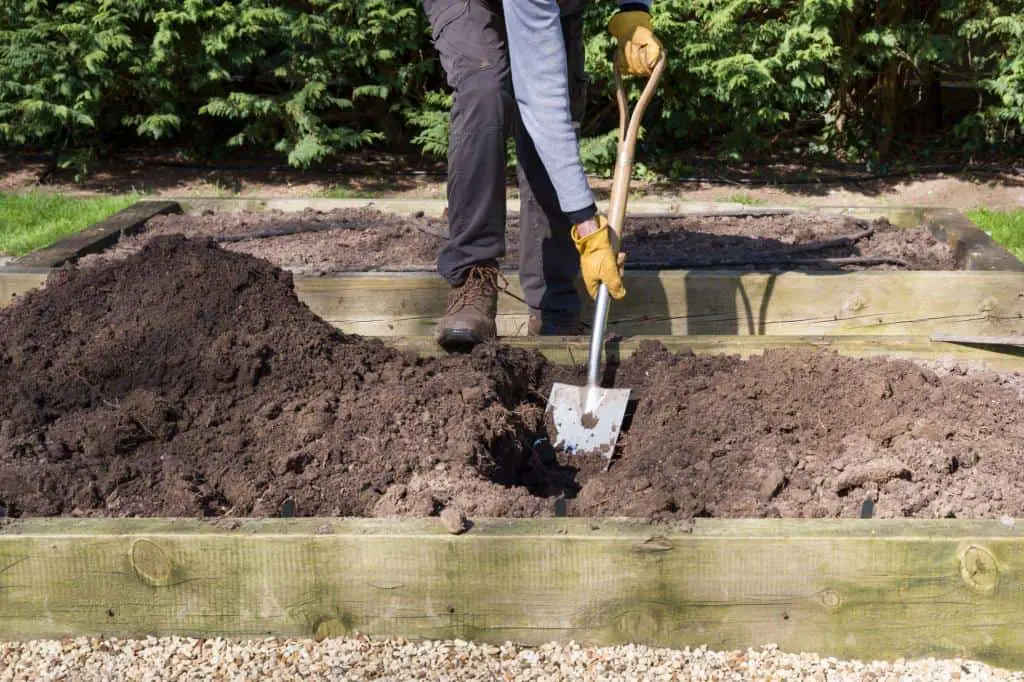
When embarking on the journey of growing perfect asparagus in raised beds, the first secret is choosing the right raised bed. Size does matter here; opt for a bed that offers ample space for asparagus to spread its roots comfortably. A 4-feet-wide bed works well for accommodating multiple rows of these graceful spears.
Additionally, consider materials carefully; cedar or redwood are popular choices due to their durability and resistance to rot—ideal for providing a stable environment for your precious asparagus plants.
Proper drainage is essential for thriving asparagus. To ensure this, place your raised bed in a spot that receives adequate sunlight and has good water runoff. Support your asparagus plants with a trellis or grid. This can prevent them from flopping under their weight. It will help them grow better and make them easier to harvest.
Enhance soil quality by enriching it with organic matter like compost or aged manure before planting. This boosts nutrients. It also improves water retention. It creates fertile soil for your future harvest.
2. Preparing the Soil Mix for Ideal Asparagus Growth
When it comes to growing asparagus in containers, the soil mix is essential for ensuring your plants thrive. Success depends on providing a well-drained environment. In it, asparagus roots can grow without becoming waterlogged.
To make the best soil mix for container-grown asparagus, use equal parts high-quality potting soil, perlite or sand for drainage, and compost for nutrient richness. This blend improves water retention and aeration. It also helps roots grow well, which is vital for good harvests.
Adding organic matter to your soil mix makes it a natural powerhouse. It encourages plant growth and health. Compost, aged manure, or worm castings are good ways to supplement the soil with nutrients that promote healthy asparagus growth.
These organic additives provide long-term nourishment. They also improve soil structure over time. This creates a good habitat for your container-grown asparagus. Consider this habitat infused with organic matter. It is a smorgasbord for your plants, giving them all the nutrients they need. This helps them thrive and make tasty spears each season.
3. Selecting the Ideal Asparagus Varieties
When it comes to growing asparagus in raised beds, selecting the right variety is crucial for a successful harvest. Different varieties offer unique characteristics and benefits for your garden. Some popular varieties suitable for raised bed gardening include Mary Washington, Jersey Giant, and Purple Passion. Each variety has its own flavor profile and size of spears, allowing you to choose based on your preference.
One key decision is whether to plant male or female asparagus plants. Due to the fact that male plants don’t expend as much energy on seed production as female plants do, they have a higher potential for yield. However, female plants can also be valuable if you’re interested in saving seeds or enjoy the decorative red berries they produce in the fall. Understanding these differences can help you make an informed choice based on your goals.
To start your asparagus journey in raised beds, begin with healthy crowns or seeds. Get them from reputable sources. Healthy crowns should have well-developed roots and no signs of disease or damage. Good planting material sets a strong base for your asparagus patch. It boosts the chances of a productive harvest year after year.
4. Planting Techniques for Asparagus Success
When it comes to planting asparagus crowns in your raised beds, the key is to ensure they have enough space to thrive. Dig trenches that are about a foot wide and six inches deep, allowing ample room for each crown to settle in comfortably. Space these trenches around 18 inches apart to give the plants adequate breathing room. Ensure you plant the crowns with their bud side up and roots spread out — this will encourage strong growth right from the start.
Asparagus loves consistent moisture. But, it detests waterlogging. So, strike a balance by using well-draining soil in your raised beds. Water deeply once or twice a week, ensuring the soil stays consistently moist without becoming soggy. Adding a layer of organic mulch around the plants can help keep soil moist and stop weeds. The mulch also gives plants vital nutrients as it breaks down.
Protecting young asparagus plants at first is crucial. It is key for their long-term health. Keep weeds at bay by mulching around the crowns and gently hand-weeding any intruders. In regions prone to late frosts, consider covering young shoots with garden fabric or cloches to shield them until the weather warms up.
5. Providing Proper Care and Maintenance
Taking care of your asparagus plants in raised beds is crucial to ensure a bountiful harvest. When it comes to fertilizing, start by amending the soil with compost or a balanced fertilizer high in phosphorus before planting. Asparagus thrives in soil rich in organic matter, so consider adding compost annually to keep the nutrient levels up. During the growing season, add a nitrogen-rich fertilizer to the soil surface. This will support healthy spear production.
Weeds can compete with asparagus for nutrients and water, so regular weeding is essential. Mulching can help suppress weeds and retain moisture around the plants. If pests like asparagus beetles or diseases such as rust become a problem, consider using natural remedies like neem oil. Also, consider introducing beneficial insects like ladybugs to keep them away.
As asparagus grows tall, its fern-like foliage can become heavy and prone to bending or breaking. To prevent this, provide support by gently tying the mature ferns together using twine or stakes. Supporting the ferns protects them from damage. It also ensures they keep photosynthesizing well. This replenishes the energy in their roots for next year’s harvest.
6. Managing Harvests for Maximum Yield
When it comes to harvesting asparagus for a bountiful yield, delicate handling is key. Gentle is the name of the game here because asparagus stems are tender and can be easily damaged. To avoid harming the plant, use a sharp knife or scissors to cut the spears just below the soil level when they reach around 6-8 inches in height. Remember, snapping them may lead to unnecessary stress on the plant.
Knowing when to start and stop harvesting is crucial for maintaining a healthy asparagus bed. In general, it’s best to wait at least two years after planting before harvesting any spears. This lets the plants to establish themselves properly.
Once your bed is mature enough for harvest, stop cutting spears. They are too thin if they are thinner than a pencil or if they start to grow fern-like foliage. By giving your plants time to store energy through photosynthesis, you’ll ensure future yields will be just as abundant.
To extend your harvest season and maximize production, consider implementing proper management practices. Regularly remove weeds that compete with your asparagus for nutrients and water. Additionally, mulching can help retain moisture and regulate soil temperature, aiding in longer harvest periods. Crop rotation can also prevent diseases that may affect your yield over time.
7. Winterizing Container Asparagus
As winter approaches, it’s time to prepare to protect your favorite container-grown asparagus. By taking a few proactive steps, you can ensure that your plants survive the winter and thrive again in the next growing season.
Mulching is an important part of winterizing your container asparagus; consider it as nestling them in with a nice blanket. A coating of straw, dried leaves, or shredded bark around the crowns can help protect them. It stops damage from big swings in temperature and frost.
Be prepared when Jack Frost starts nipping at your plants! Consider using frost fabric or row coverings. They can protect your container-grown asparagus from freezing. These protective coatings protect your plants from harsh weather conditions while still allowing them to receive necessary sunlight and airflow.
Remember that even a few degrees can make a significant difference in the survival of your valuable asparagus crop during the winter frost.
To give your container asparagus the best chance of surviving winter, plan their care during the dormant season. Keep an eye on soil moisture levels. While watering frequency decreases in the colder months, ensuring that the soil does not entirely dry up is critical for plant survival.


